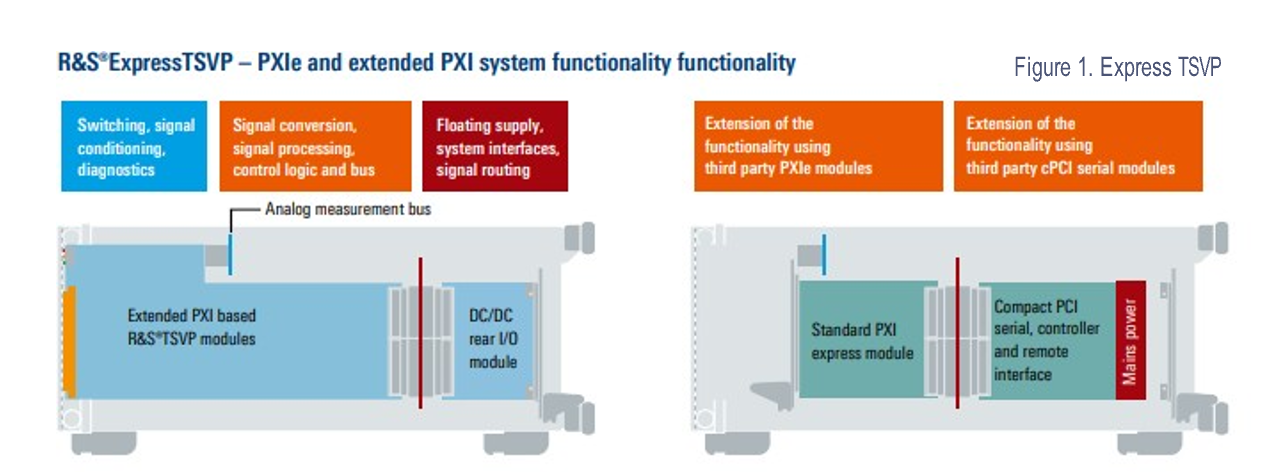Efficient manufacturing test solutions for multi-technology TCUs
The connectivity between the vehicle and the outside world in real-time is possible thanks to a constantly evolving component so-called Telematics Control Unit (TCU).
This article originally appeared in the Nov'23 magazine issue of Electronic Specifier Design – see ES's Magazine Archives for more featured publications.
The TCU is an embedded connectivity domain controller and multi-antenna access point that enables multiple wireless communication. It integrates modems such as a Network Access Device (NAD) for various wireless standards such as LTE, 5G, C-V2X, Bluetooth (BLE), UWB, WiFi & GNSS as well as infotainment services such as AM/FM, DAB+ and HD Radio.
TCU provides via CAN or Ethernet an in-vehicle network communication hub to link several sub-systems and enables important functions such as eCall, ADAS, OTA software updates and diagnostics. Design objectives include the elimination of the cost and reliability risk of cabling and ports through the implementation of integrated intelligent antenna solutions.
For multi-technology TCUs, manufacturing test engineers face increasing testing complexity and accelerated time-to-market requirements. Hence, a production test system needs to ensure full, standards-compliant test coverage combined with maximum cost efficiency based on high throughput and maximum yield. Testing both multiple customised devices and multiple technologies simultaneously is desirable. Built-in self-test capability and in-system calibration are needed to ensure high reliability and minimum downtimes.
In production, besides the complete electrical integrity of electronic components and audio verification, it is necessary to verify TCUs in non-signalling mode across all supported wireless interfaces, including 2G/4G/5G, WiFi, Bluetooth, GNSS, and possibly also UWB for digital key applications.
Rohde & Schwarz’s system solution to deliver efficient testing of high-performance TCUs is based on a TSVP PXIe-based modular instrument platform covering all non-RF interfaces with the TCU.
R&SCMW100 or R&SCMP180 testers enable parallel asynchronous non-signalling testing on up to eight bidirectional RF ports. An R&SCMP200 FiRa certified UWB non-signalling tester is used for HRP in high band.
RF shielded chambers R&STS7124 or R&SCMQ200/500 offer isolation of up to 80 dB. Maximised uptimes are enabled due to global service and spare part availability based on robust SLAs (Service Level Agreements).
The open test platform TSVP targets high-performance connectivity & infotainment applications.
The architecture supports all relevant electrical test methods, such as analogue in-circuit test (ICT); boundary scan test (BS); functional test (FCT) and end-of Line test (EoL).
The TSVP chassis contains a mechanical frame, digital backplane, analog backplane, mains switching and filtering, power supply and diagnostic extensions. A highlight is the analogue bus for transferring measurement signals between different slots without additional external wiring. In-system self-test and in-system calibration options reduce life-cycle cost additionally.
The system supports the different conducted tests, like the power management (incl. backup battery), Ethernet/CAN/LIN communication, Audio Codec (micro, speaker, digital audio standards) and functional tests of buttons and inputs for e.g. eCall.
For testing of complex TCUs Rohde & Schwarz developed the R&SExpressTSVP based on PXIe/ PXI-1/cPCI bus for test and measurement tasks that require a flexible use of third-party PXIe modules.
This concept delivers, PC-based instrumentation while offering traditional capabilities found in high-performance automated test equipment (ATE) systems.

The compact 4U 19-inch design versatile platform accelerates the adoption of PXI and PXI Express (PXIe) in TCU and many other fields of automotive applications. The additional PXIe standard allows the use of a variety of third-party modules and the improved data rate increases the throughput on factory floor.
The ExpressTSVP test and measurement chassis comprises the control backplane which provides a total of 21 peripheral multi-standard slots which is outstanding in the market. With the new chassis a complete 1:1 migration from R&SCompactTSVP to R&S ExpressTSVP and a high reuse of existing TSVP modules including mass-interconnect interfaces is enabled.










